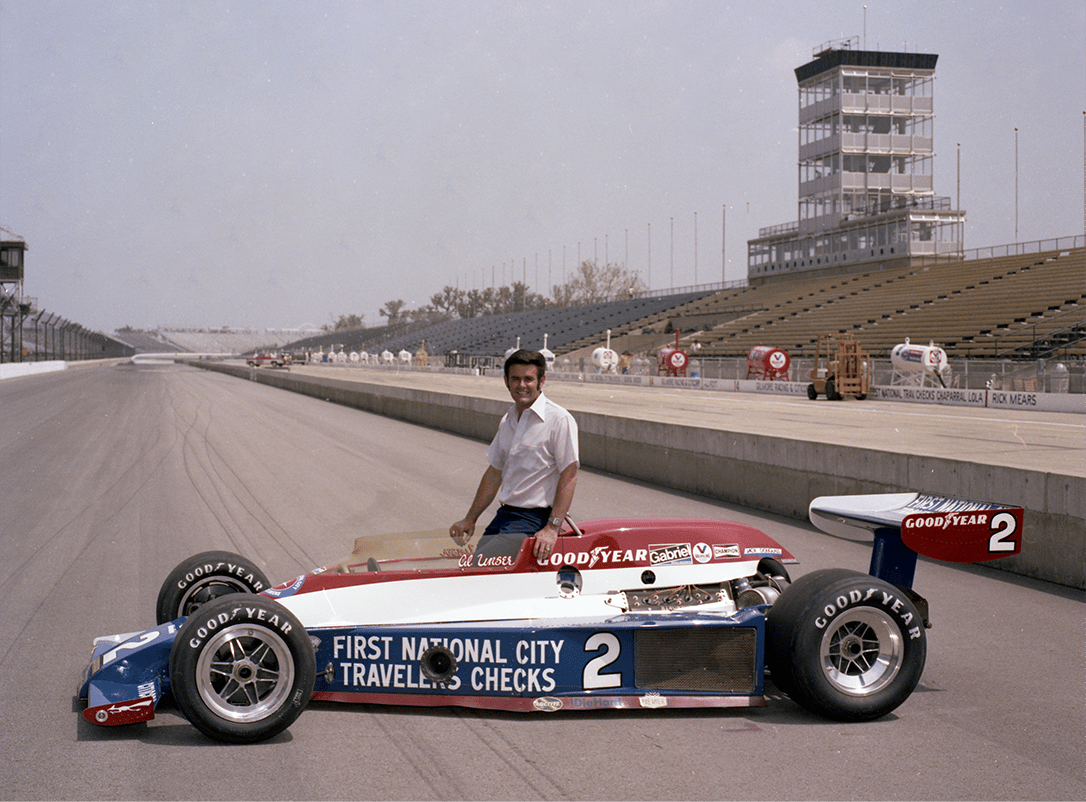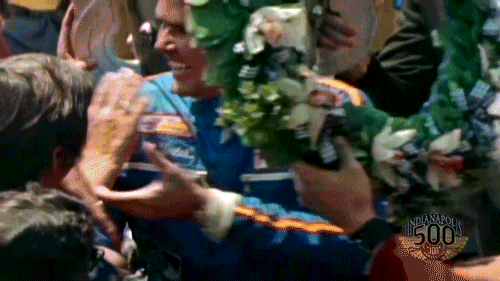

WHERE TRADITION NEVER STOPS

A.J. FOYT –60 YEARS




The winner of the Indianapolis 500’s 1970 race is sad to have missed the 50th anniversary of his first victory at Indianapolis Motor Speedway in 2020. But Al Unser earned himself a second chance. The 50th anniversary of his second Indy win can be celebrated in 2021.


Unser, who brought back the iconic Johnny Lightning Special in 1971, wasn’t the driver to beat that year. He will tell you why in the paragraphs to come, but he insists he had what others didn’t: considerable IMS experience, the key to success.
Unser’s first win, in ’70, was easy by the standards of the day, and he and Vel’s Parnelli Jones Racing had no reason to believe their new and improved PJ Colt could be challenged the next year, either.
A change in rules appeared to spoil that.
“We got to Indy, and (USAC officials) said there could be no rear wings unless they were connected to the engine,” Unser said. “McLaren had a little strip that went from the engine to the rear wing, so technically they were legal, but it depended on how you interpreted the rule.”


Donohue started second and quickly jumped to the lead. After 10 laps, he was 15 seconds clear of the field, and he led the first 50 laps.
“Those McLaren guys were giggling to the bank,” Unser said.
Those smiles began to wane after Donohue slowly turned into the Turn 4 grass with transmission failure. That left Revson, making only his ninth INDYCAR start, to battle with a reigning champ in his seventh full season. Guess who won by more than 22 seconds?

Despite hearing serious objections, USAC held firm, allowing the McLarens of Mark Donohue, Peter Revson and Denis Hulme to roar on. Revson won the pole, and the team grabbed three of the first four starting positions. Unser settled for fifth.






– AL UNSER


Any discussion of Unser’s victories in 1970 and ’71 should include George Bignotti, the most successful chief mechanic in the history of the sport and certainly the most important non-driver of that era.
Beginning with the 1960 season, Bignotti helped A.J. Foyt to 27 wins, including Foyt’s first two “500s,” and together they won four USAC national championships in five years (they would have won a fifth had they not split in the summer of 1962). Between 1966-71, Unser and Bignotti won 25 races together.
Bignotti was a master strategist, and cars under his watch won 85 races, a record that still stands. Indy 500 wins accounted for a staggering seven of them, and Bignotti won with five different drivers (Foyt twice, Graham Hill, Unser twice, Gordon Johncock and Tom Sneva). No other chief mechanic has won Indy more than four times (A.J. Watson and Rick Rinaman are on that list).
Before coming to IMS with Fred Agabashian in 1954, Bignotti had been a major force in Northern California midget racing in the years following World War II. By day, he worked in the shipbuilding business and was running his mother-in-law’s florist shop when Agabashian called.

– AL UNSER

Today, we celebrate the pioneering run of Janet Guthrie in 1977, the impact of Lyn St. James and Sarah Fisher, Danica Patrick’s INDYCAR SERIES win and the nine women who have competed in the “500.”
But seldom is the 1971 race mentioned as a significant moment for women at Indy.

Prior to ‘71, even Tony Hulman’s daughter, Mari Hulman George, wasn’t regularly allowed on pit road even as she entered cars driven by her husband, Elmer George, in 1962 and ’63.
It’s likely you’ve never heard of Mari McCloskey and Bette Cadou. McCloskey was an assistant editor of Women’s World magazine who challenged the Speedway to allow “qualified” women to have the same credentialed access to pit road and the garage area as men. She and Cadou, a longtime Indianapolis journalist, became four of the first women to cover the “500.”



Another of those first female journalists at Indy was Wanda Cook, a news reporter from the Toledo Times, who was quoted in The New York Times: “I’m glad I got in, but now that I’ve seen the garage (area), I can’t understand what all the fuss was about.”
Women have since played integral roles at the Speedway, with Sarah Fisher, Stephanie Carlin and Beth Paretta among the recent team owners. Women have served as IMS management, team engineers and mechanics, broadcasters, writers, photographers, publicists
and, of course, drivers.

Unser won the 1978 race with Jim Hall’s team and was the out-of-nowhere winner in 1987 as Penske Racing’s substitute for Danny Ongais, who had suffered a concussion in a practice-day crash. Unser won that race with a year-old March that had been a show car in a Sheraton Hotel lobby in Reading, Pennsylvania.
Unser, who had started 20th, took the lead 18 laps from the finish when Roberto Guerrero stalled his car on his final pit stop. Once in the lead, the wily veteran knew what to do.

Unser became the event’s oldest winner (47 years, 360 days), a record previously held by his older brother Bobby. With the win, he also set the record for the longest span between first and last victory at 17 years.


–Al Unser Jr.
after finishing fourth in 1987




AL UNSER
FAST FACTS
Unser’s brother, Louie, a Pikes Peak Hill Climb class winner who had been stricken with multiple sclerosis, was his lead mechanic for his first “500” in 1965.
A.J. Foyt gave Unser his first ride at the Speedway.
Unser was part of what many consider the finest rookie class in “500” history in 1965. It featured Mario Andretti, Gordon Johncock, Joe Leonard, Unser, NASCAR race winner Bobby Johns, Jerry Grant, George Snider and F1 veteran Masten Gregory. Andretti was Rookie of the Year.

Unser won the 1971 “500” on his 32nd birthday.
Unser’s final Indy 500 start came in 1993. He finished 12th and led 15 laps.
Unser held sole possession of the record for the most times running at the finish of the Indy 500 at 18 for several years until Castroneves tied that mark in 2020.


AL UNSER
FAST FACTS
NEXT STORY >>
MOMENT: the pioneering path
of Janet Guthrie.





AL UNSER - 50 YEARS



The winner of the Indianapolis 500’s 1970 race is sad to have missed the 50th anniversary of his first victory at Indianapolis Motor Speedway in 2020. But Al Unser earned himself a second chance. The 50th anniversary of his second Indy win can be celebrated in 2021.

In 1971, Unser became the fourth driver to win consecutive “500s.” Wilbur Shaw (1939-40), Mauri Rose (1947-48) and Bill Vukovich (1953-54) came before him, and Helio Castroneves joined the club in 2001-02.
Unser, who brought back the iconic Johnny Lightning Special in 1971, wasn’t the driver to beat that year. He will tell you why in the paragraphs to come, but he insists he had what others didn’t: considerable IMS experience, the key to success.
Unser’s first win, in ’70, was easy by the standards of the day, and he and Vel’s Parnelli Jones Racing had no reason to believe their new and improved PJ Colt could be challenged the next year, either.
A change in rules appeared to spoil that.
“We got to Indy, and (USAC officials) said there could be no rear wings unless they were connected to the engine,” Unser said. “McLaren had a little strip that went from the engine to the rear wing, so technically they were legal, but it depended on how you interpreted the rule.”






Despite hearing serious objections, USAC held firm, allowing the McLarens of Mark Donohue, Peter Revson and Denis Hulme to roar on. Revson won the pole, and the team grabbed three of the first four starting positions. Unser settled for fifth.
Donohue started second and quickly jumped to the lead. After 10 laps, he was 15 seconds clear of the field, and he led the first 50 laps.
“Those McLaren guys were giggling to the bank,” Unser said.
Those smiles began to wane after Donohue slowly turned into the Turn 4 grass with transmission failure. That left Revson, making only his ninth INDYCAR start, to battle with a reigning champ in his seventh full season. Guess who won by more than 22 seconds?
– AL UNSER

Any discussion of Unser’s victories in 1970 and ’71 should include George Bignotti, the most successful chief mechanic in the history of the sport and certainly the most important non-driver of that era.
Beginning with the 1960 season, Bignotti helped A.J. Foyt to 27 wins, including Foyt’s first two “500s,” and together they won four USAC national championships in five years (they would have won a fifth had they not split in the summer of 1962). Between 1966-71, Unser and Bignotti won 25 races together.
Bignotti was a master strategist, and cars under his watch won 85 races, a record that still stands. Indy 500 wins accounted for a staggering seven of them, and Bignotti won with five different drivers (Foyt twice, Graham Hill, Unser twice, Gordon Johncock and Tom Sneva). No other chief mechanic has won Indy more than four times (A.J. Watson and Rick Rinaman are on that list).
Before coming to IMS with Fred Agabashian in 1954, Bignotti had been a major force in Northern California midget racing in the years following World War II. By day, he worked in the shipbuilding business and was running his mother-in-law’s florist shop when Agabashian called.
– AL UNSER




Today, we celebrate the pioneering run of Janet Guthrie in 1977, the impact of Lyn St. James and Sarah Fisher, Danica Patrick’s INDYCAR SERIES win and the nine women who have competed in the “500.”
But seldom is the 1971 race mentioned as a significant moment for women at Indy. Prior to ‘71, even Tony Hulman’s daughter, Mari Hulman George, wasn’t regularly allowed on pit road even as she entered cars driven by her husband, Elmer George, in 1962 and ’63.
It’s likely you’ve never heard of Mari McCloskey and Bette Cadou. McCloskey was an assistant editor of Women’s World magazine who challenged the Speedway to allow “qualified” women to have the same credentialed access to pit road and the garage area as men. She and Cadou, a longtime Indianapolis journalist, became four of the first women to cover the “500.”
Another of those first female journalists at Indy was Wanda Cook, a news reporter from the Toledo Times, who was quoted in The New York Times: “I’m glad I got in, but now that I’ve seen the garage (area), I can’t understand what all the fuss was about.”
Women have since played integral roles at the Speedway, with Sarah Fisher, Stephanie Carlin and Beth Paretta among the recent team owners. Women have served as IMS management, team engineers and mechanics, broadcasters, writers, photographers, publicists and, of course, drivers.

Unser won the 1978 race with Jim Hall’s team and was the out-of-nowhere winner in 1987 as Penske Racing’s substitute for Danny Ongais, who had suffered a concussion in a practice-day crash. Unser won that race with a year-old March that had been a show car in a Sheraton Hotel lobby in Reading, Pennsylvania.
Unser, who had started 20th, took the lead 18 laps from the finish when Roberto Guerrero stalled his car on his final pit stop. Once in the lead, the wily veteran knew what to do.
Unser became the event’s oldest winner (47 years, 360 days), a record previously held by his older brother Bobby. With the win, he also set the record for the longest span between first and last victory at 17 years.



– AL UNSER JR.
after finishing fourth in 1987


AL UNSER FAST FACTS
Unser’s brother Louie, a Pikes Peak Hill Climb class winner who had been stricken with multiple sclerosis, was his lead mechanic for his first “500” in 1965.
A.J. Foyt gave Unser his first ride at the Speedway.
Unser was part of what many consider the finest rookie class in “500” history in 1965. It featured Mario Andretti, Gordon Johncock, Joe Leonard, Unser, NASCAR race winner Bobby Johns, Jerry Grant, George Snider and F1 veteran Masten Gregory. Andretti was Rookie of the Year.
Unser won the 1971 “500” on his 32nd birthday.
Unser’s final Indy 500 start came in 1993. He finished 12th and led 15 laps.
Unser held sole possession of the record for the most times running at the finish of the Indy 500 at 18 for several years until Castroneves tied that mark in 2020.






